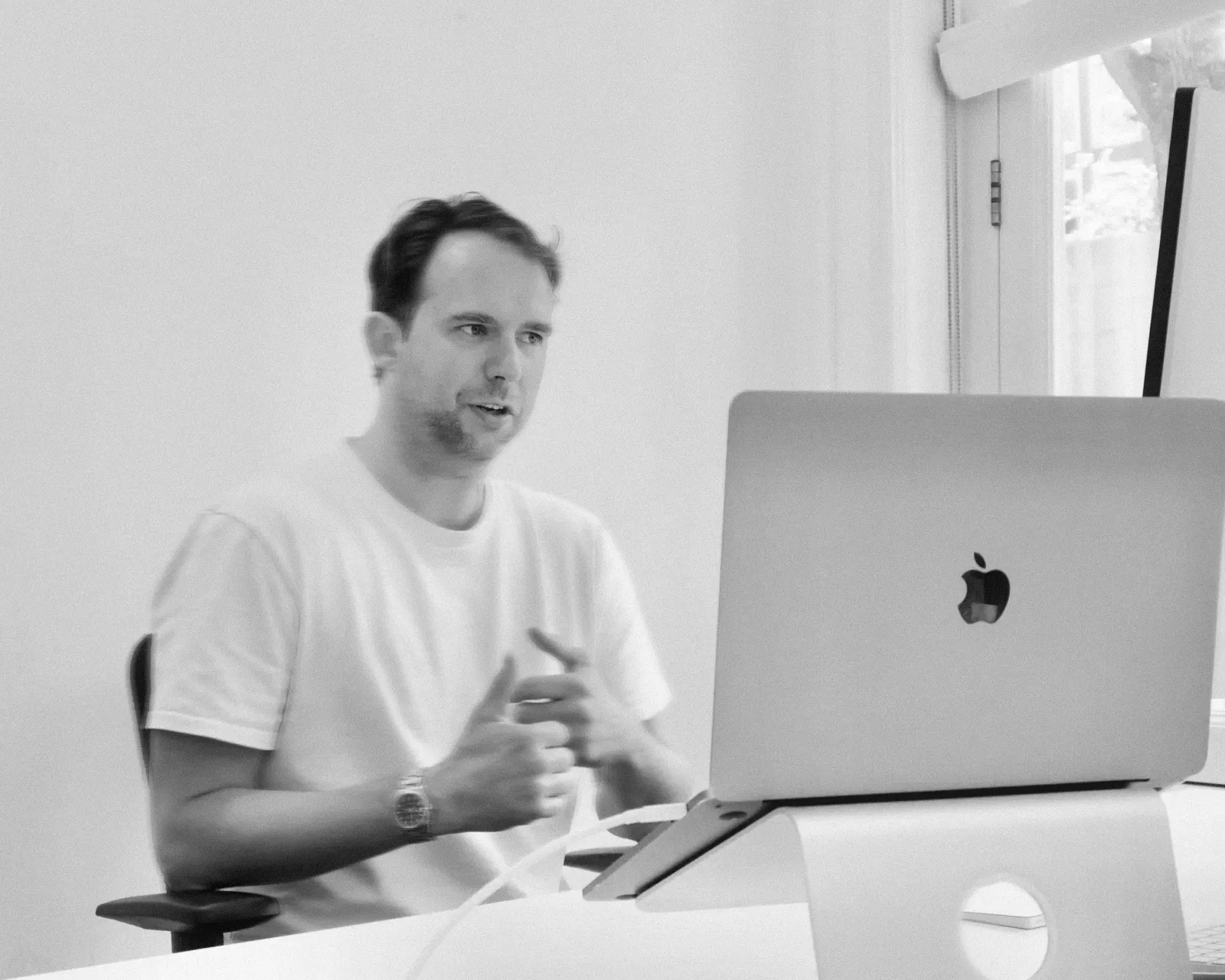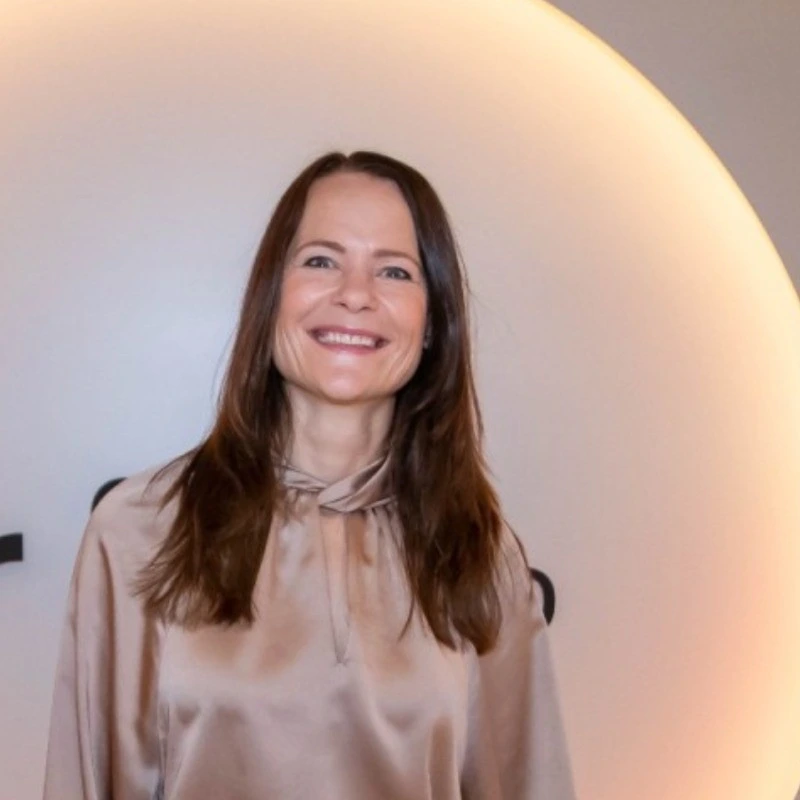Risk policy
Introduction to risk policy
The risk policy forms the core of Vive's investment approach. Vive bases its strategies on risk budgets, with which investments are optimally aligned with the objectives and risk preferences of its customers. This enables Vive to make the investment process not only scientifically sound and efficient, but also personal and flexible.
Vive believes that a good risk policy is more than just risk management at the portfolio level. It is a dynamic process in which personal control is central. The best form of risk management is yourself. That is why Vive's risk policy is not only designed to optimize risks and returns, but also to continuously give you as an investor insight and a perspective for action.
By establishing a dynamic risk budget for each client's financial plan that can change over time, Vive ensures that investors are exposed to investment risks very accurately and efficiently. This means that you do not take unnecessary risks, but you also do not miss out on potential returns. Vive ensures that you, as an investor, always have insight and a perspective for action to maintain control over your investment risks.
What is the risk policy?
Vive's risk policy is fully aligned with the individual wishes and financial situation of the investor. Vive sees risk not as a limitation, but as a means to achieve your financial goals. The risk policy ensures that you not only have a well-diversified and efficient investment portfolio, but also the insights and tools to manage it.
While traditional institutions often work with fixed risk profiles such as defensive, neutral, or offensive, Vive opts for a customized approach. Vive recognizes that every investor is unique and that risk preferences can even differ per financial goal.
Vive, therefore, uses Value at Risk (VaR) as a core metric for risk management. This means that the maximum percentage loss over a one-year period is calculated and aligned with what you consider acceptable. Based on this metric, Vive optimizes investment strategies so that your investments remain in line with your personal risk budget and objectives.
Vive uses an internally developed Economic Scenario Generator (ESG). Through this technology, Vive can scientifically calculate the downside risks and expected returns of various investment categories, such as equities, bonds and money market instruments.
Vive offers continuous monitoring of your portfolio and closely monitors developments in relation to your personal goals. This means that you not only gain insight into the performance of your investments, but also receive concrete signals when action is desired.
Using advanced technology and scenario analyses, in which hundreds of thousands of market scenarios are calculated, Vive ensures that:
Risks are identified early on – You will receive timely warnings if market developments or portfolio performance deviate from the expected course.
Dynamic adjustments are possible – Your risk budget can be adjusted if necessary, so that it continues to match your personal situation and goals.
Transparency and control are central – You always have insight into how your portfolio is developing and remain in control of your financial future.
In addition to personal control, Vive also applies advanced risk management at the portfolio level. This is how risks are actively managed and adjusted where necessary. Vive uses:
Dynamic risk management – The risk budget is continuously evaluated and can be adjusted based on changing market conditions or personal goals.
Rebalancing – The portfolio is automatically adjusted as soon as it falls outside the strategic bandwidth, so that the intended risk-return ratio is maintained.
Broad diversification – Investments are spread across multiple asset classes, regions and sectors to minimize concentration risks and limit the impact of market volatility.
Scenario analyses and stress tests – The portfolio is constantly subjected to hundreds of thousands of simulated market scenarios. This allows Vive to estimate how your investments perform under different circumstances and take proactive action if necessary.
With this approach, Vive offers a carefully managed and flexible investment process, in which you, as an investor, remain in control and can make conscious choices. Together, we ensure an optimal balance between risk and return, tailored to what is truly important to you.
How is risk limited and which risk metrics are used?
Vive applies a coherent and carefully structured risk management to ensure that risks remain within acceptable limits. This is done through a combination of broad diversification, strict selection criteria, active monitoring and risk metrics that align with the client's personal goals. The following measures are applied to limit risks:
Broadly diversified portfolios
By investing globally in different regions, sectors and asset classes (such as equities and bonds), the portfolio becomes less sensitive to specific market or sector shocks. This broad diversification helps to limit overall risk and prevents excessive dependence on individual markets or companies.
Strict selection of investment funds
Vive invests exclusively in UCITS funds with daily tradability, sufficient diversification and transparent costs. Multiple risk-reducing criteria are used in the selection of funds, such as:
— Currency risk – Unnecessary currency risk is avoided where possible.
— Interest rate risk – The duration of bonds is carefully matched to the customer's risk preferences.
— ESG criteria – Funds are assessed on sustainability risks to minimize long-term risks and encourage responsible investment.
Lifecycle approach and rebalancing
— For plans with a fixed end date, the risk level can be gradually reduced as the end date approaches, reducing the chance of large losses at a critical moment.
— Rebalancing takes place when the portfolio deviates too much from the agreed risk limits (VaR) and the desired level of final goal certainty. This ensures that the portfolio remains optimally aligned with the investment strategy and objectives.
No complex or non-transparent products
Vive avoids investments in complex or opaque products, such as hedge funds and funds with complicated derivative structures. This prevents unpredictable risks, hidden costs and illiquidity, allowing investors to always maintain a clear insight into their portfolio.
Which risk measures are used?
To accurately assess risks in both the short and long term, Vive uses various risk measures that may differ per plan:
Value at Risk (VaR): The maximum accepted (negative) return within one year – given a confidence level of 95% – in a worst-case scenario. Example: A VaR of 15% means that in a bad scenario, the portfolio can fall by a maximum of 15% within one year, with a 5% chance of a greater loss.
Impairment to Mission (ITM): The maximum permitted deviation from the plan's end goal with a 95% confidence level. Example: an ITM of 30% means that in a worst-case scenario, the portfolio may deviate by a maximum of 30% from the end goal, with a 5% chance of a greater deviation. This measure is applied to plans with a specific end goal.
These metrics form the basis for the structure and risk management of each portfolio and each have their own function in determining the dynamic risk budget:
— VaR focuses on short-term risks (maximum loss within one year).
— ITM focuses on the long-term goal (maximum deviation from the final value).
In addition to client-focused risk metrics, Vive also performs internal analyses to ensure the stability and efficiency of the portfolio:
Volatility (standard deviation): This measures the volatility of the portfolio to gain insight into the degree of price fluctuations.
Tracking Error: This measures the extent to which passive investment funds deviate from their underlying index.
Through this combination of risk measures and management tools, Vive can make a thorough and objective assessment of the risk level and ensure that the portfolio optimally matches the client's investment goals and risk preferences.
How is the portfolio monitored for risk?
Vive only works with strategic asset allocation. The portfolios are automatically checked daily to ensure that they are still in line with the strategic asset allocation. For example, if shares rise or fall too sharply in relation to bonds, automatic rebalancing will follow, so that the portfolio fits back into the desired risk profile. The underlying strategic asset allocation is periodically recalculated and changed if necessary.
- Quarterly update: Every quarter, all scenarios are recalculated based on current market conditions.
- Annual update: The risk premiums of each investment category are evaluated annually and it is assessed whether the assumptions made earlier are still up to date.
Vive continuously recalculates your investment plan based on the most recent developments. If it turns out that the expected final goal deviates from the original forecast, the investment plan is not automatically adjusted. Instead, you will receive an 'on-track/off-track' notification. This gives you control and, if desired, you can make changes to:
— The portfolio's risk level
— The monthly deposit
— The target amount
— The plan's end date
This data-driven, systematic monitoring ensures that Vive's risk policy remains in line with your personal objectives and risk preferences at all times.
To provide complete control and insight, investors in the Vive app can always view the current structure of both the portfolio and the plan under "Strategic portfolio". If desired, adjustments can be made directly here.
With this approach, the portfolio not only remains optimally aligned with your financial goals, but you, as an investor, also maintain maximum control and transparency over your risk level and the value development of your investments.

maak een afspraak
Klaar voor een moderne oplossing voor pensioen of vermogen? Maak vrijblijvend kennis met Vive en ontdek wat kan - voor jouw organisatie.
Complex pensioen, simpel uitgelegd - weet direct waar je staat
Persoonlijk gesprek voor jouw situatie en die van je werkenemers
In 30 minuten meer duidelijkheid dan uren googlen
Alle ruimte voor vragen aan onze ervaren pensioenexperts








